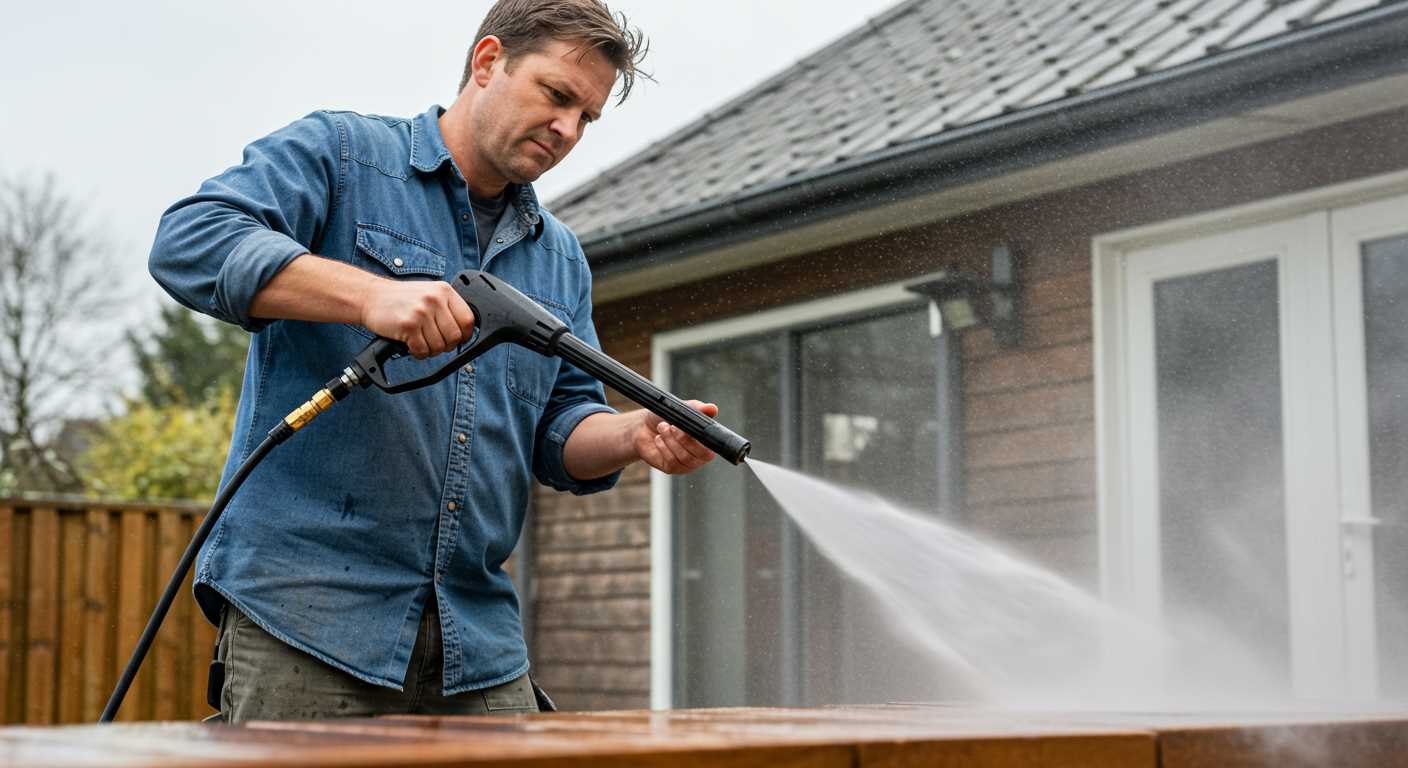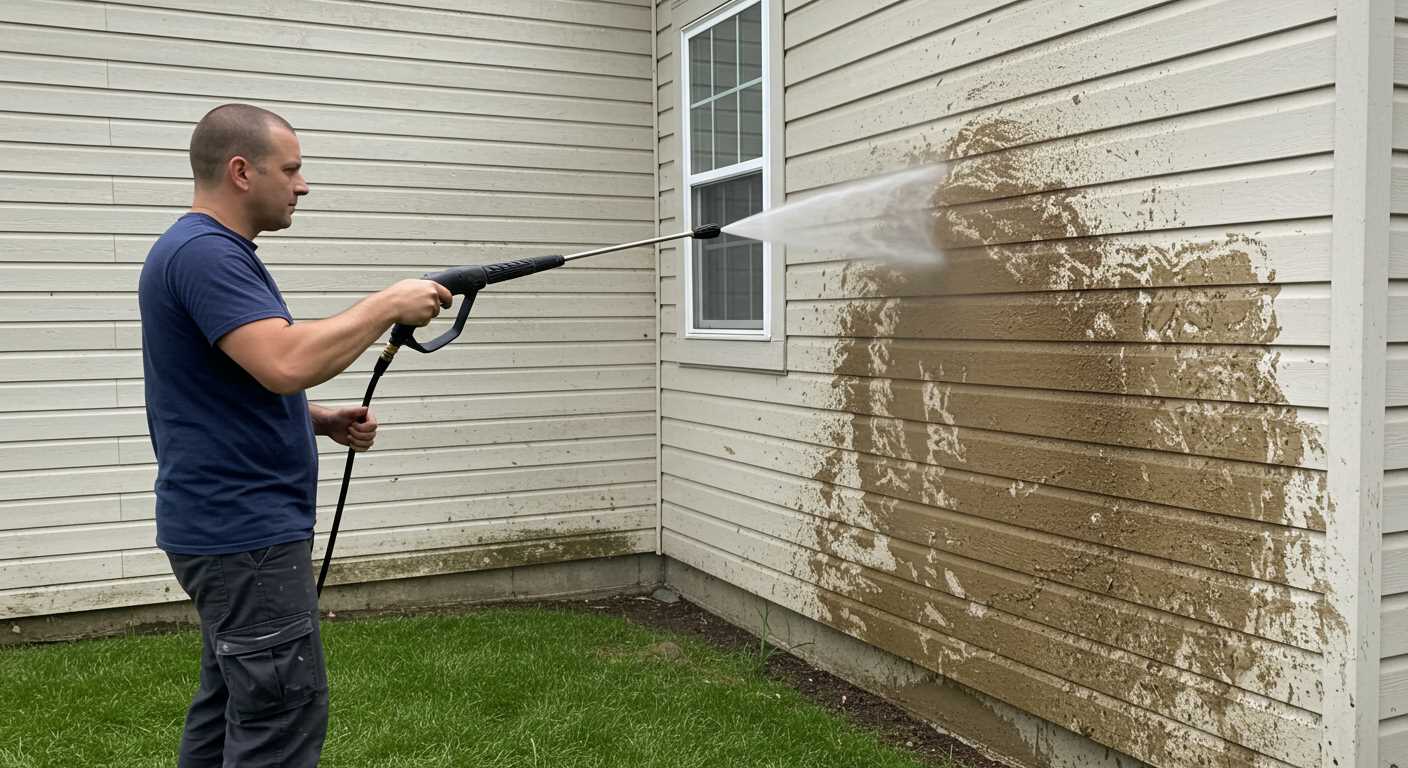To maximise efficiency in high-pressure cleaning, grasping the inner workings of the water delivery system is essential. Each component plays a pivotal role in transforming mechanical energy into powerful jets that remove dirt and grime effectively.
The heart of this system is the water delivery mechanism, usually driven by an electric or gasoline engine. The crankshaft strokes a connecting rod, which in turn moves the piston inside a cylinder. Here, water is drawn in, pressurised, and propelled through the nozzle. Understanding these interactions allows for more informed decisions when selecting equipment or conducting maintenance.
A major feature to consider is the various types of valves, like unloader and inlet valves, which control water flow and pressure levels. These elements not only affect performance but also reliability. Regular inspection and maintenance of these valves can prevent unexpected breakdowns and ensure that the equipment operates at peak performance.
Exploring the layout of the system through illustrations or schematics can further enhance comprehension of how these parts integrate. Such diagrams serve as a valuable reference, helping to demystify the mechanics involved in high-pressure cleaning machinery and allowing operators to troubleshoot issues effectively.
Components of a Pressure Washer Pump
The core elements of a cleaning device’s pumping mechanism include the motor, intake valve, cylinder, piston, and outlet valve. Each plays a pivotal role in delivering high-pressure water efficiently.
Motor
The motor powers the entire system. Depending on the model, this can be electric or petrol. Electric units are quieter and cleaner, while petrol engines often deliver more power but require more maintenance.
Intake and Outlet Valves
The intake valve allows water to enter the cylinder when the system is initiated. Once the cylinder fills, the outlet valve opens to expel high-pressure water. The design and quality of these valves are critical for optimal function and longevity.
Additionally, the cylinder houses the piston, which compresses the water during operation. The material used in the cylinder, such as ceramic or stainless steel, can greatly influence durability and performance.
Understanding the Pumping Action
To optimise the cleaning performance of high-pressure equipment, a firm grasp of the pumping mechanism is paramount. The core function revolves around creating high pressure through the movement of fluid, driven by mechanical parts within the assembly.
At the heart of this mechanism is a reciprocating motion, typically driven by a crankshaft. This motion generates a pressure differential, allowing water to be drawn in from the source. During the intake stroke, the inlet valve opens, enabling fluid flow into the chamber. Once the chamber fills, the crankshaft continues its rotation, causing the piston to compress the fluid. This compression is critical, as it dramatically increases the water’s velocity.
When the piston reaches the end of its stroke, the discharge valve opens, allowing the high-pressure fluid to exit through the nozzle. The rapid transition from low to high pressure is what propels the water out with force, enabling effective cleaning action on surfaces. This cyclic process repeats continuously during operation, ensuring a steady flow of pressurised water.
For optimal results, ensure that the inlet water supply is adequate and that all connections are secure. Regular maintenance checks on seals and valves will extend the longevity of the unit and sustain its performance. Understanding these dynamics allows users to appreciate how precision engineering translates into effective cleaning. Proper utilisation of the equipment can yield professional-grade results from any cleaning task.
How Water is Pressurised
Understanding the mechanism of water compression in cleaning devices is vital for optimal performance. The critical aspect revolves around reducing the volume of water while simultaneously increasing its velocity. This process begins with the input of water from a reservoir, which enters the system through an inlet. When the motor operates, it drives the impeller or plunger, according to design, compressing the incoming liquid.
The flow of water is directed into a chamber, where it is restricted by the shape of the components, leading to an increase in pressure. Sensors maintain this pressure at desired levels, ensuring consistent operation. It’s essential to consider the size and quality of these components, as they directly impact the effectiveness and durability of the device.
One should also recognise the role of a unidirectional valve that prevents backflow, securing high pressure during operation. The exit point of the pressurised water often features a nozzle adjustable for various spraying patterns, enhancing versatility. This design ensures that users can tailor the water output for numerous tasks, from gentle rinsing to rigorous scrubbing.
Regular maintenance of the system guarantees the longevity of the compression capability. Cleaning the filters and inspecting the valves prevent clogs and leakage, preserving optimal pressure levels. Monitoring these elements contributes significantly to the overall efficiency and prolongs the life of the equipment.
Identifying Different Pump Types

Understanding the various types of hydraulic units available is crucial for choosing the right equipment. The most common categories include wobble, axial, and triplex designs. Each type features distinct characteristics suitable for specific applications.
Wobble Pumps

Wobble mechanisms are prevalent in lower-end models. They utilise a simple design with fewer components, making them lightweight and affordable. While they excel in basic tasks, their longevity and pressure output are limited compared to other variants.
Axial Pumps
Axial types implement a more sophisticated design, employing a series of pistons arranged parallel to the crankshaft. This configuration enhances efficiency and reliability, catering to mid-range applications. Users will find these models provide a balanced performance, striking a good compromise between power and durability.
Triplex Pumps
Triplex systems are the premium choice, utilising three pistons for optimal output and consistency. These are designed for heavy-duty tasks and deliver superior pressure, making them ideal for professional environments. Longevity is a hallmark of this type, often backed by warranties extending several years.
When selecting a hydraulic unit, consider factors like workload, required pressure, and maintenance needs. Each type serves specific purposes, ensuring there’s an appropriate option for every cleaning requirement.
Maintenance Tips for Optimal Performance

Regularly check the oil levels if your machine has a lubricant reservoir. Change the oil as specified by the manufacturer to prevent overheating and ensure smooth operation.
- Inspect filters frequently, especially the water inlet filter. Clean or replace them to avoid blockages that reduce efficiency.
- Periodically examine hoses for signs of wear or leaks. Replace any damaged sections to maintain pressure consistency.
- Flush the system with clean water after each use. This removes debris and prevents internal build-up from soaps or detergents.
- Store the device in a dry place, ideally indoors, to protect it from environmental damage. Use a cover for added protection.
Keep an eye on the spray nozzles. Ensure they are clear of obstructions and securely attached. Using the appropriate nozzle for your cleaning task enhances effectiveness.
- Check and tighten bolts, especially on the outlet manifold and other critical components, to avoid leaks or malfunctions.
- Monitor the pressure settings. Adjust as necessary depending on the task at hand, ensuring that you never exceed recommended limits to prevent damage.
- Be cautious with additives. Always use cleaning agents recommended by the manufacturer to avoid damage to internal parts.
Finally, consult the user manual for specific maintenance intervals and recommendations unique to your model. Regular attention to these tasks ensures longevity and reliable performance every time you use your equipment.
Troubleshooting Common Pump Issues
Inspect for leaks immediately; any fluid escaping can significantly affect performance. Start by examining all connections and seals, tightening where necessary. If leaks persist, replacing worn or damaged seals could be essential.
Inadequate water flow can stem from a clogged inlet filter. Clean or replace this component to ensure a steady supply. Confirm water supply is adequate and that hoses are not kinked or blocked.
Pressure Fluctuations
For inconsistent water pressure, check for obstructions in the nozzle or tip. Cleaning or replacing these parts can rectify the issue. Additionally, verify that the machine is not drawing air; this can happen due to low water levels or hose issues.
If power loss occurs, inspect the motor for electrical faults or try using a different power outlet. Overheating may also signal issues; ensure the system isn’t being overworked.
Noise and Vibration
Excessive noise can indicate debris inside the system or failing components. Listening closely can help identify the source. Loose parts can also lead to vibrations; regular checks are worthwhile.
| Issue | Possible Cause | Solution |
|---|---|---|
| Fluid Leaks | Damaged seals | Replace seals |
| Low Water Flow | Clogged filter | Clean or replace filter |
| Pressure Fluctuations | Obstructed nozzle | Clean/replace nozzle |
| Noisy Operation | Loose parts | Tighten connections |
Regular maintenance, including seasonal checks, can help prevent these issues. Keeping components clean and in good condition is key to longevity and reliability.








